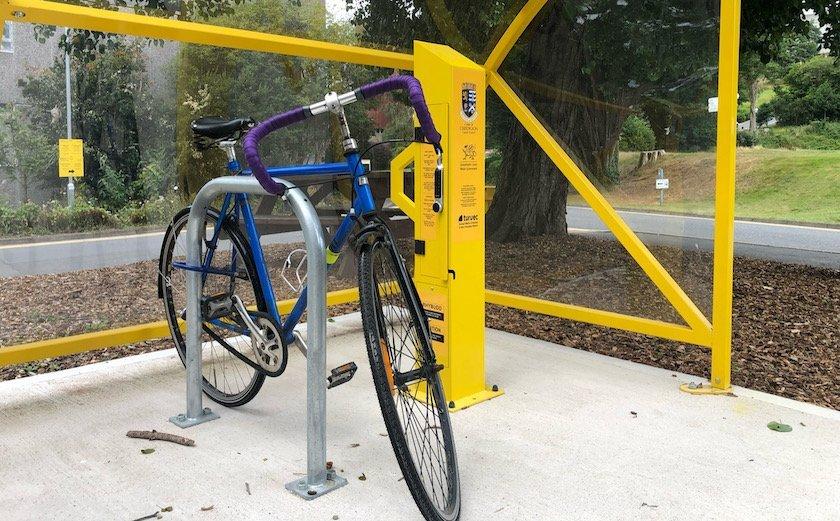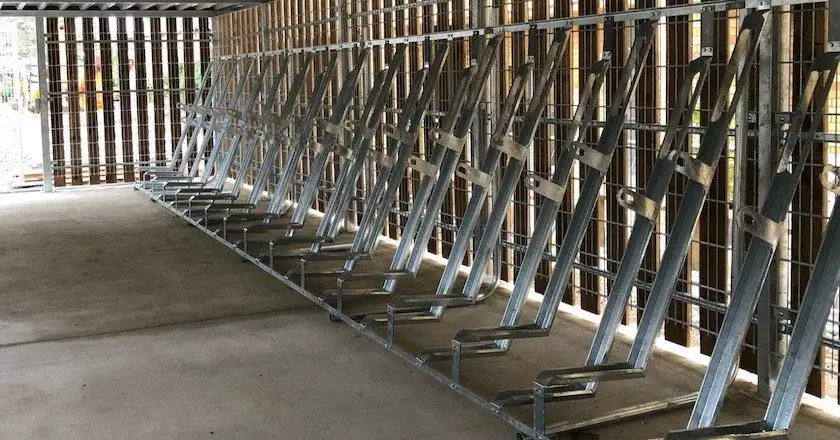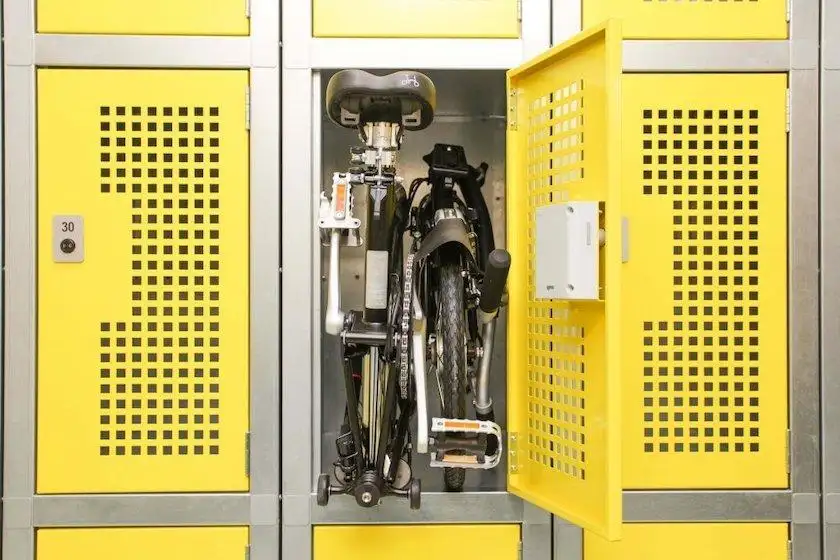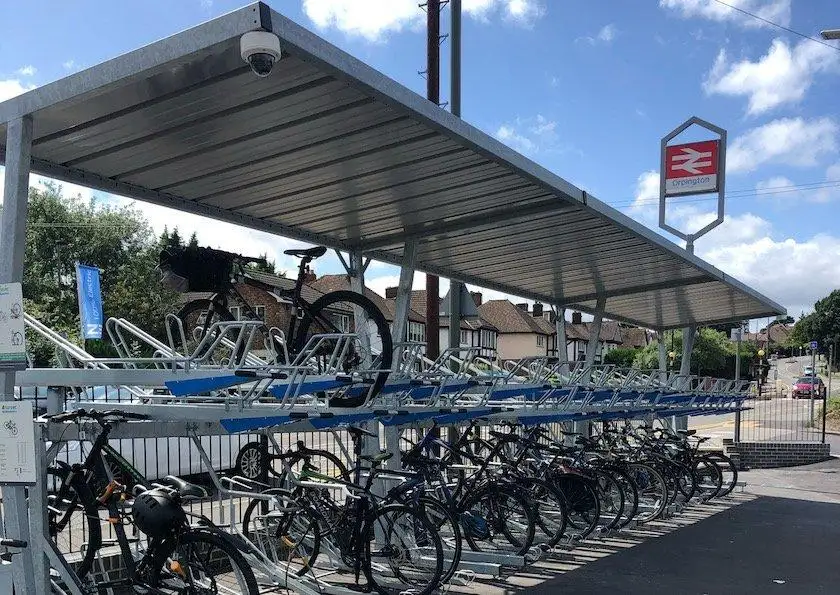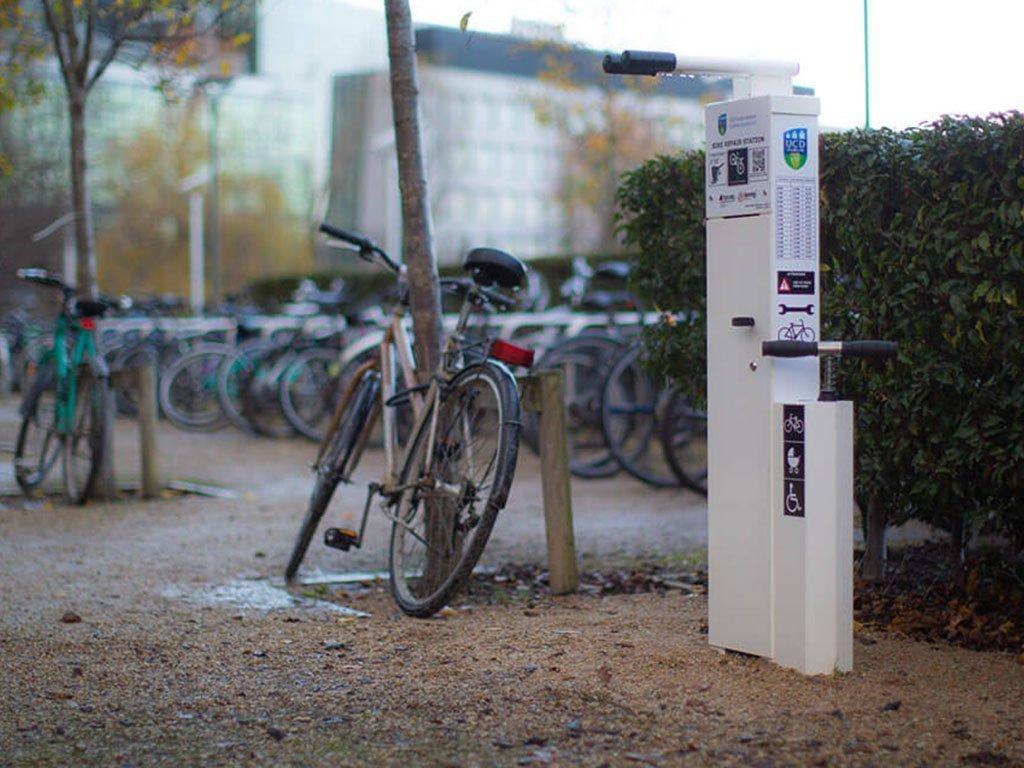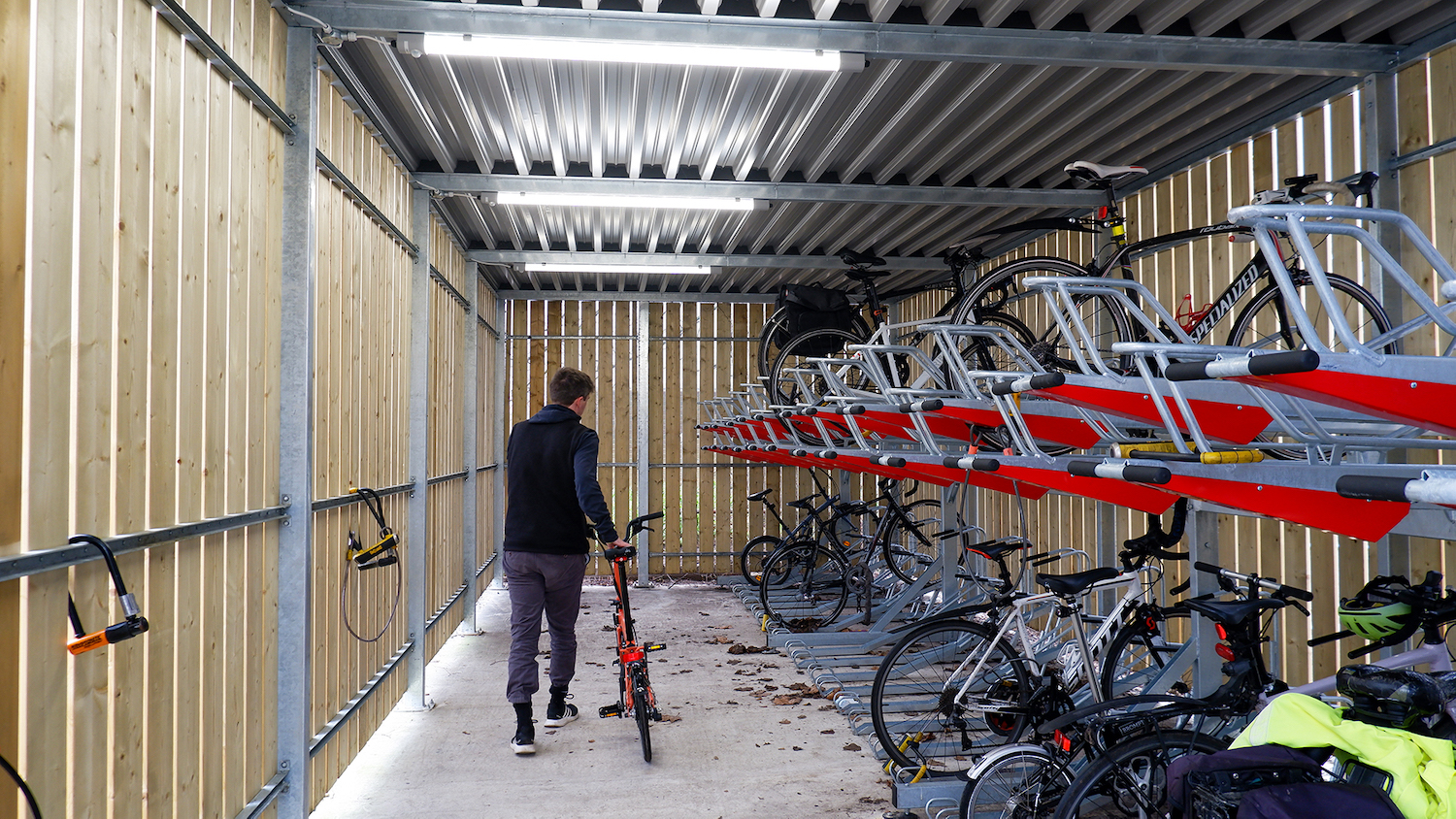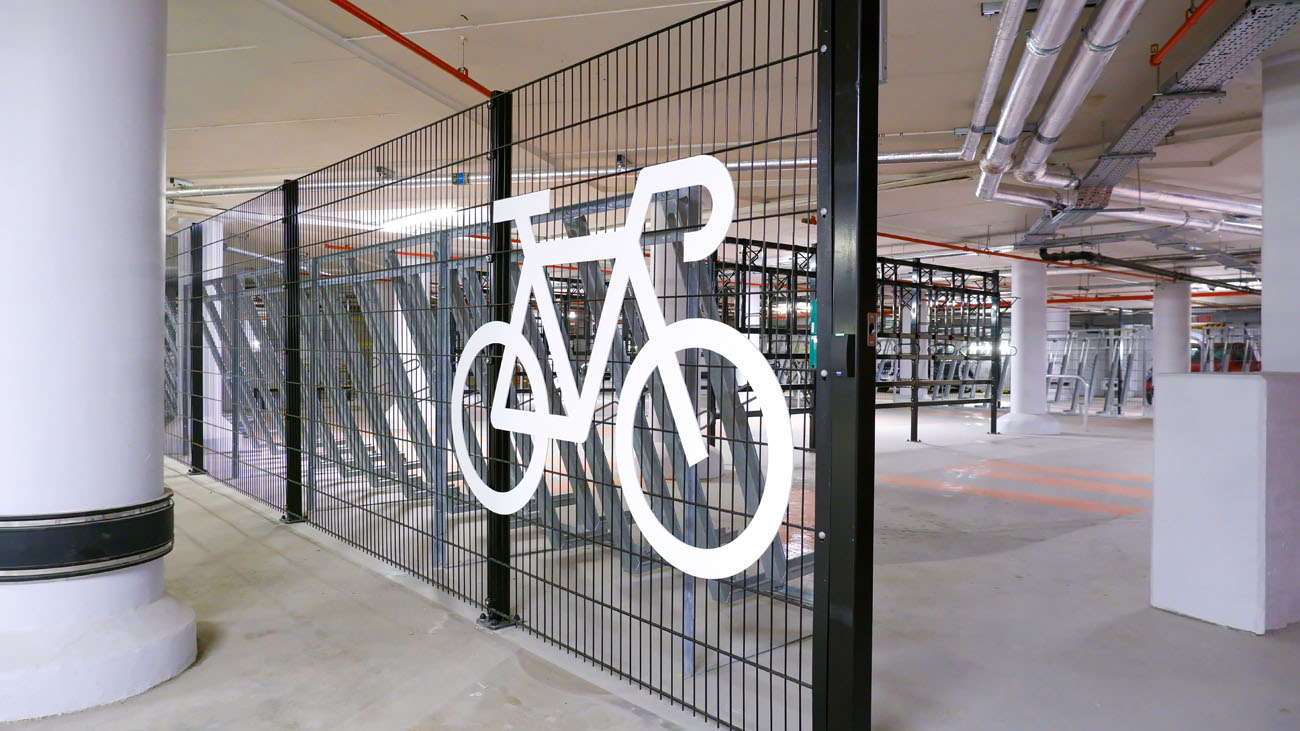When it comes to storing bikes, there’s certainly no shortage of different solutions. From a humble row of Sheffield stands to vast multi-story facilities, cycle parking comes in many guises. So how do you know which system is best for your project?
Well, the first thing to bear in mind is context. Context is everything. The type of cycle parking you choose will largely depend on these main factors:
- How many parking spaces are required?
- What’s your budget?
- How much space do you have available?
- Who is going to be using it, and how frequently?
For instance, if you’re building a residential block with a few hundred units, then, you guessed it, you’re going to need at least a few hundred cycle parking spaces.
Within office buildings, folding bike lockers cater for more commuting options, and kit lockers allow workers to safely store extra clothes and belongings.
For busy rail stations, you might alter your focus to quick and open access parking, with high-density solutions providing a high volume of accessible spaces.
Every project is different, and the list could go on and on with different examples – all with their own distinct challenges.
So, what are the parking options? To help understand which solution works best for each scenario, here’s a breakdown of different products, from vertical wall-racks through to two-tier systems.

